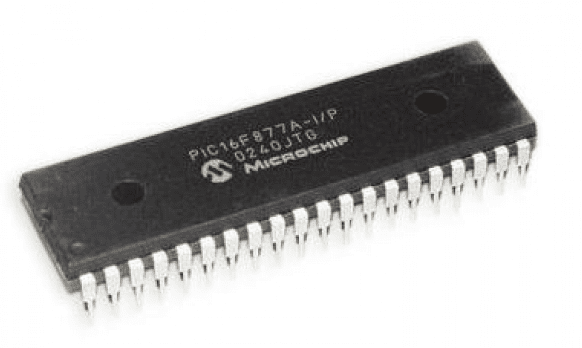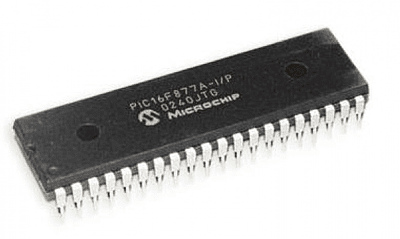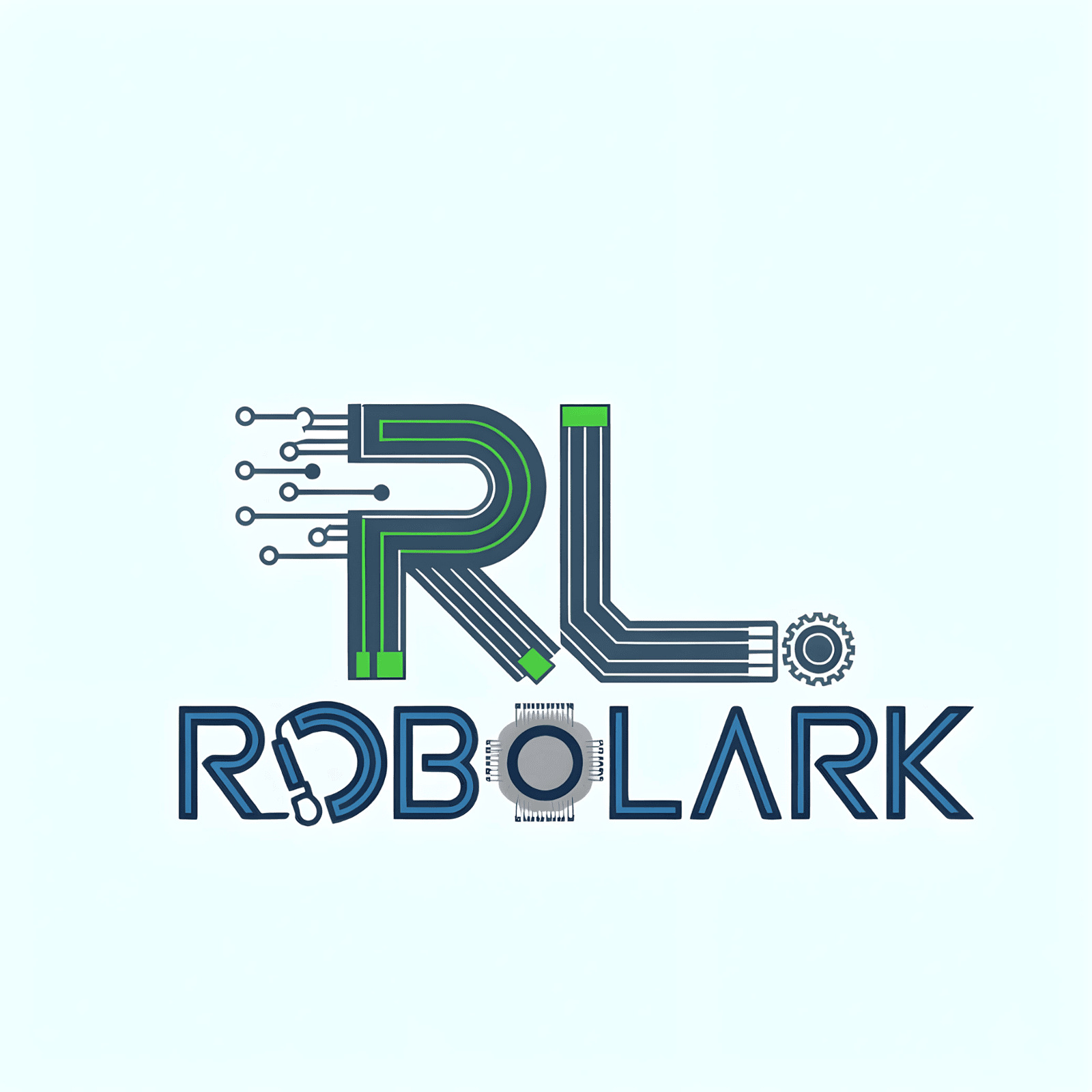

PIC16F877A 8-bit Microcontroller IC
Product Details
Microcontroller Architecture: The PIC16F877A is based on the Harvard architecture and uses a modified Harvard architecture known as the "Harvard-Modified RISC" architecture. It has a 8-bit CPU core.
Memory: This microcontroller has 8 KB of Flash program memory for storing your program code, 368 bytes of RAM for data storage, and 256 bytes of EEPROM for non-volatile data storage.
Peripherals: It offers a wide range of built-in peripherals, including timers, UART (Serial communication), SPI (Serial Peripheral Interface), I2C (Inter-Integrated Circuit), GPIO (General Purpose Input/Output) pins, and more.
Clock Speed: The PIC16F877A can operate at various clock speeds, typically up to 20 MHz. The actual clock speed depends on the configuration and oscillator used in your application.
Power Supply: It typically operates at a voltage between 2.0V and 5.5V, making it compatible with various power sources, including batteries and external power supplies.
I/O Pins: The PIC16F877A has a total of 33 I/O pins, which can be used for various input and output functions. These pins are configurable and can be used for tasks like digital input, output, analog input, and more.
Interrupts: It supports multiple sources of interrupts, allowing your program to respond to external events or time-critical tasks.
Operating Modes: The microcontroller can operate in different modes, including sleep mode, low-power mode, and various clock modes, allowing you to optimize power consumption for your application.
Development Tools: Microchip provides a comprehensive development ecosystem for programming and debugging PIC microcontrollers. MPLAB IDE (Integrated Development Environment) is commonly used for software development.
Applications: The PIC16F877A is used in a wide range of applications, including embedded control systems, robotics, automation, IoT devices, and more.
Datasheet: To use the PIC16F877A effectively, it's crucial to consult the datasheet provided by Microchip. The datasheet contains detailed information about pin configurations, memory organization, electrical characteristics, and programming instructions.


